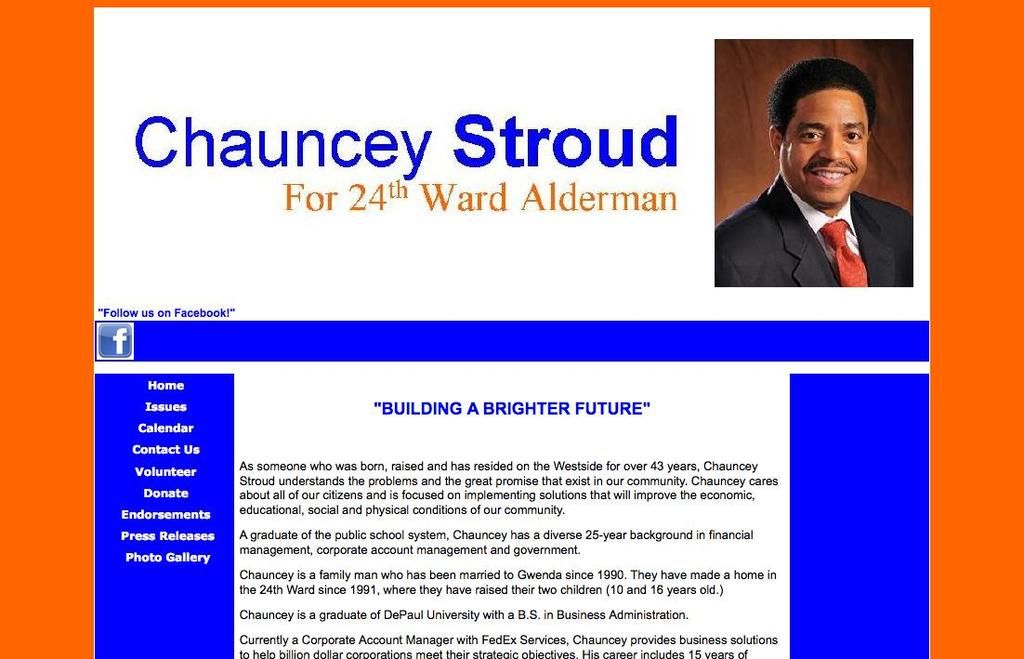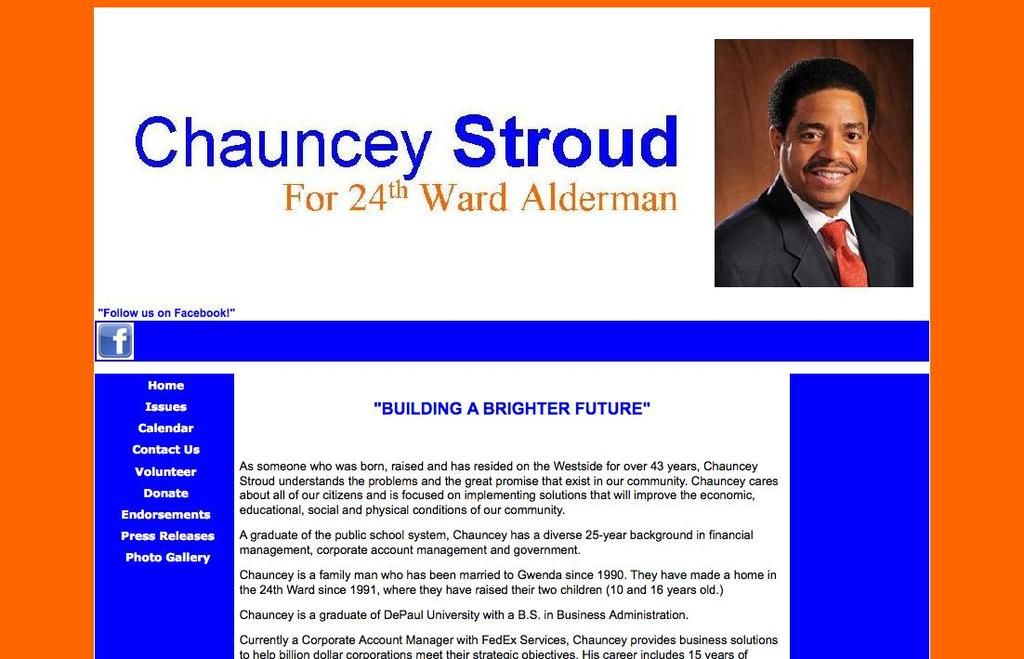Raw Deals and Golden Opportunities
NBA Players' Wage Bargaining: Insight Across Various Sectors
In the world of basketball, 2014 was a golden year for the National Basketball Association (NBA). With a nine-year $24 billion deal granting ESPN and TNT broadcast rights to the league, TV revenue was set to more than triple starting in 2016, skyrocketing from a mere $930 million to a whopping $2.6 billion. Everyone seemed like a winner, but little did they know that this windfall was about to set off a chain reaction of epic salary negotiations.
All Hands on Deck
With the TV money flowing, players cashing in, and teams buzzing with newfound financial freedom, free agency was destined to be a wild ride. Teams were ready to break the bank, stockpiling talent in the hopes of securing their spot at the top. But before the spending spree began, the NBA and the National Basketball Players Association (NBPA) had a bone to pick.
The NBA warned of potential pay inequities and team dominance if teams spent the TV money all at once. They proposed the idea of salary cap smoothing - artificially slowing annual increases, evenly distributing the players' guaranteed 51% of profits from the TV deal, and preventing a one-year jump in 2016. However, the union flatly rejected the proposal, feeling offended at the idea of artificially lowering players' earning potential.
Hungry for More
Led by greed and mistaking short-term gains for long-term success, the NBA teams couldn't resist the urge to splurge. In 2016, they went on a massive spending spree, signing over 150 free agents to astronomical deals worth a combined $3.6 billion. One example? Timofey Mozgov, a decent center but hardly a star player, pocketed a whopping four-year, $64 million deal from the Los Angeles Lakers, earning more than twice the salary of NBA MVP Stephen Curry.
While players like Mozgov cashed in, plenty of teams found themselves swept up in a wave of bad bets. Among the big spenders, only a few players made the All-Star game that year, and many struggled to meet expectations.
Busting the Bank, Breaking the Bank
With billions spent in 2016, the teams soon found themselves in a tight spot. The 2017 and 2018 seasons saw a dramatic drop in spending as teams scrambled to manage their finances. Even as the salary cap rose to $102 million, player contract spending plummeted from $3.6 billion in 2016 to just $2.4 billion in 2017 and a mere $1.7 billion in 2018.
Having squandered their riches in a flurry of ill-advised contracts, the NBA teams learned a hard lesson: you can't win them all. With the next TV deal on the horizon in 2025, the league is bound to experience another boom, and with it another flurry of salary negotiations. This time around, both players and teams would do well to consider the long-term implications of their financial decisions.
Adapting to the Game
With the negative consequences of ballooning salaries now seared into the memory, many players might be more open to the idea of salary cap smoothing in future negotiations. And as the 2022 negotiations for the next CBA draw near, both the NBA and NBPA are keenly aware of the role that smoothing can play in managing volatility, whether it be caused by a major TV deal or external factors like the Covid-19 pandemic.
As the league prepares to revisit the topic of salary cap smoothing, the relevant lessons from the past decades emerge. Careful consideration of the long-term impact of financial decisions, adherence to fair compensation practices, and a thorough examination of failed negotiation strategies are all crucial elements in navigating the complex world of salary negotiations.
References:
[1] Stefansson, J. (2020, March 12). NBA CBA: How Does Salary Cap Smoothing Work? [article]. NBA.com. https://www.nba.com/news/nba-cba-how-does-salary-cap-smoothing-work
[2] Quinn, S. (2020, October 01). How the 2016 NBA salary cap spike affected today's free agency. [article]. CBS Sports. https://www.cbssports.com/nba/news/how-the-2016-nba-salary-cap-spike-affected-todays-free-agency/
[3] Mallon, B. (2020, August 27). The NBA's new salary cap system is supposed to help teams, but is it causing unintended consequences? [article]. Forbes. https://www.forbes.com/sites/bobmallon/2020/08/27/the-nas-new-salary-cap-system-is-supposed-to-help-teams-but-is-it-causing-unintended-consequences/?sh=75ba9e1c5da0
- The National Basketball Association (NBA) and the National Basketball Players Association (NBPA) have a history of engaging in fiery negotiations, particularly regarding salary cap smoothing, where the distribution of players' guaranteed 51% of profits from TV deals is considered.
- With the escalating salaries in the NBA, the concept of salary cap smoothing has become increasingly important to prevent potential pay inequities and team dominance, as evidenced by the wake of overspending in 2016.
- While the idea of salary cap smoothing seems offensive to players, who might feel it artificially lowers their earning potential, the long-term implications for team financial stability cannot be ignored, as many teams overextended themselves in 2016.
- The next round of Collective Bargaining Agreement (CBA) negotiations in 2022 offers an opportunity for the NBA and NBPA to revisit the topic of salary cap smoothing, with valuable lessons from the past decades in mind, such as careful consideration of the long-term impact of financial decisions, adherence to fair compensation practices, and a thorough examination of failed negotiation strategies.






